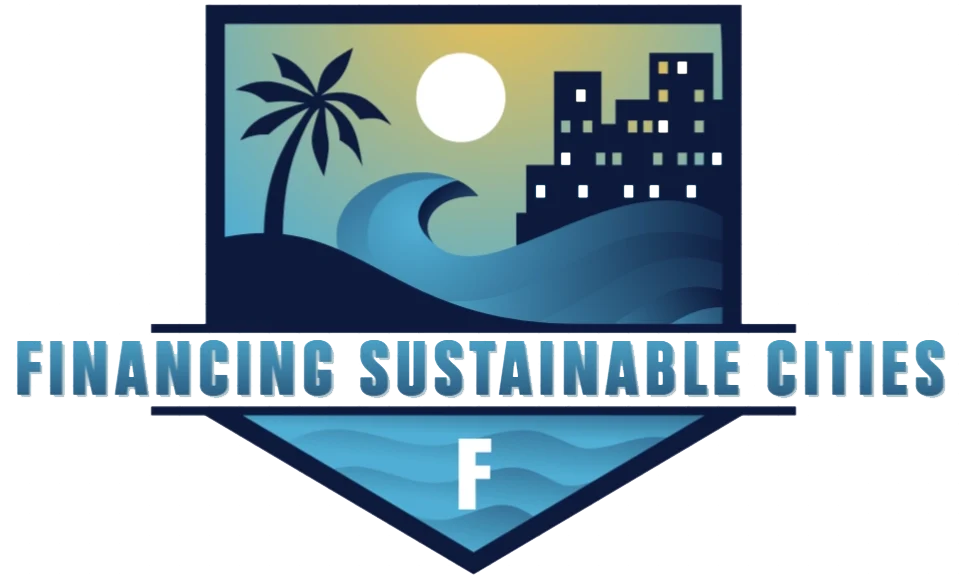Forget everything you thought you knew about buses. In today’s fast-changing cities, Bus Rapid Transit (BRT) isn’t just a budget workaround — it’s a game-changing solution. For urban centers that need speed, affordability, and efficiency without the billion-dollar metro price tag, BRT is stepping up. Cities from Bogotá to Istanbul have already proven its worth: faster commutes, cleaner air, and more connected communities. It’s public transport, reimagined.
What Makes BRT Different From Regular Buses?
At a glance, BRT might look like just another bus service. Look closer, and you’ll spot the upgrades. First off, these aren’t buses stuck in traffic — BRT systems run on dedicated lanes, separated from general road use. That means fewer delays and consistent travel times.
Stations are built with platform-level boarding — no more climbing steps or waiting for slow exits. Passengers hop on and off fast, just like a metro. Combine that with digital fare systems and real-time arrival displays, and you get a system that feels high-tech and smooth.
Most importantly, BRT is flexible. It can integrate with subways, trams, or bike shares. It expands quickly when the city grows — something metro systems can’t do without years of planning and billions in cash.
BRT by the Numbers: Efficiency That Pays Off
Still wondering if BRT is really worth it? Let the numbers do the talking. Here’s a quick look at how cities across three continents are making BRT work:
| City | Launched | Route Length | Commute Time Cut | Capital Cost | CO₂ Emissions Cut |
|---|---|---|---|---|---|
| Bogotá, Colombia | 2000 | 114 km | −32% | $240M | −40% |
| Dar es Salaam, TZ | 2016 | 21 km | −38% | $150M | −30% |
| Istanbul, Turkey | 2007 | 50 km | −27% | $120M | −25% |
In each case, BRT cost less than half what a comparable metro system would — yet delivered nearly identical improvements in transportation access.
BRT’s Impact Beyond Transportation
It’s not just about buses. BRT systems trigger wider social and economic shifts across a city.
- Job Access: With faster, more reliable transport, people living in outer neighborhoods can reach job centers up to 40 minutes faster.
- Local Business Growth: More foot traffic means more customers. Small businesses thrive along busy BRT corridors, from food stalls to retail outlets.
- Inclusion and Equity: BRT stations include access features for passengers with limited mobility, helping bridge gaps in transit equity.
Cities aren’t just moving faster — they’re moving fairer.
A Green Weapon in the Climate Fight
Traffic congestion and pollution are twin curses in most urban centers. BRT systems help break that cycle. How?
- They reduce the number of cars on the road by offering a faster, cheaper alternative.
- Many BRT fleets now run on electric or hybrid buses, cutting emissions at the source.
- With less idling in traffic, there’s a drop in particulate pollution and CO₂.
In fact, a 2022 ITDP study estimated that one BRT corridor in a city the size of Addis Ababa can eliminate up to 50,000 tons of CO₂ per year. That’s the equivalent of taking thousands of cars off the road — without laying a single mile of subway track.
When BRT Outshines Metro: A Side-by-Side Comparison
To see why BRT often wins the race, here’s a quick breakdown:
| Criteria | BRT | Metro |
|---|---|---|
| Cost per km | $3–12M | $100–350M |
| Time to Build | 2–4 years | 10–20 years |
| Route Flexibility | High | Low |
| Time to ROI / Impact | 1–2 years | 8–12 years |
When urgency and budget matter — and they usually do — BRT simply delivers faster, at a lower cost, and with less disruption to city life.
